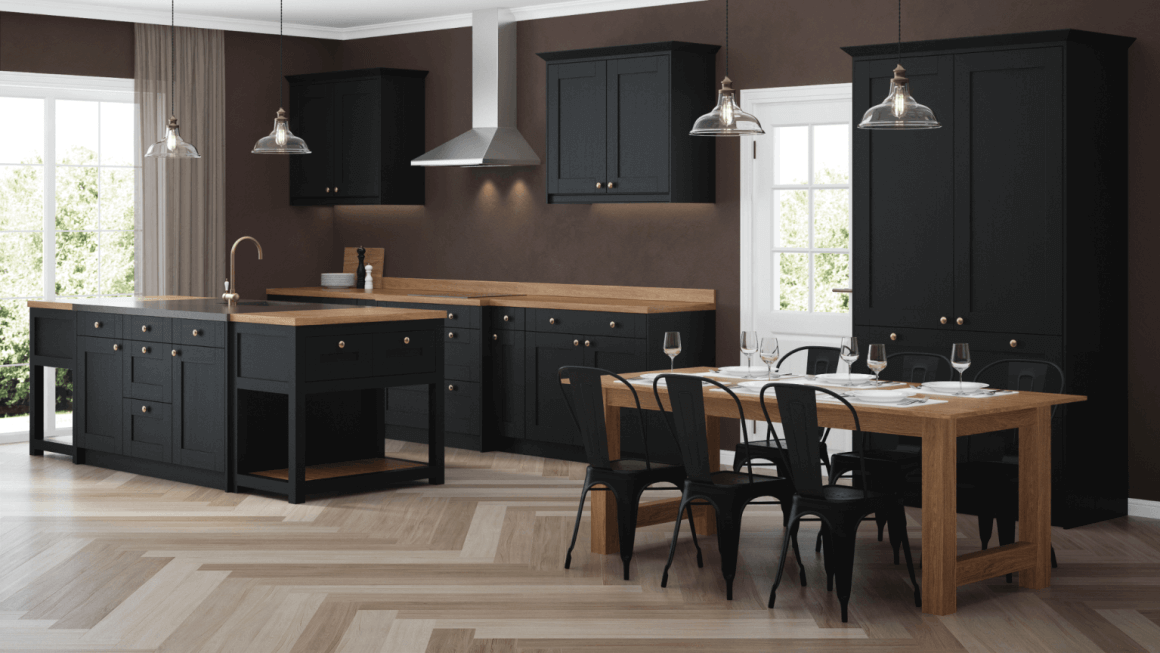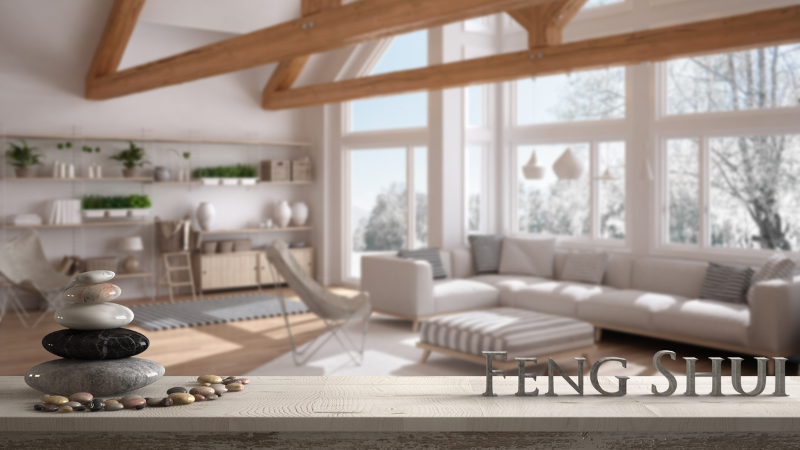In the last few years technology in all areas and aspects of life has upped its game and now we have smart phones, smart TVs and even smart watches! But what about our homes? How far away from having a smart house are we? It isn’t that far away.
You’ll be surprised to know that smart technology for the home is already being used with such technology as remotely controlled heating that allows you to control your central heating using a mobile app when you’re not even at home.
So let’s explore the smart house of the (not-so-distant) future and see what kind of technology you’ll be using in your home in the next couple of years.
Share this Image On Your Site
Did you know that smart home technology, where lighting, heating and home electronic devices can be controlled remotely, has been around since the 1960’s? Some of the ‘new’ tech we have in our homes today has been around for over 50 years!
The Home-Tech Timeline
So let’s take a look at the timeline of smart home technology and see how we got to where we are today:
1966 saw the creation of a home automation machine called ECHO IV. The ECHO was a multi-functional device that could control electrical appliances and manage temperature, but it could also construct shopping lists for you! Sounds great, right? Unfortunately is wasn’t that great and was really big and bulky, taking up a lot of room in your home. It never actually made it to market, but it was way ahead of its time.
The 1970’s saw the launch of the Pico Electronics X10 which was a system designed to enable communication between household appliances and allow you to remotely control a number of appliances.
Moving into the 80’s and the National Association of Home Builders (NAHB) created an initiative called Smart House. After seeing the developments and positive of home tech, the aim of Smart House was to encourage builders and the construction industry in general to incorporate new home technologies into their property designs. Not only was smart home technology being accepted, but it was now being encouraged.
The Mobile Push
So why has smart house technology only become more prominent in the past couple of years? It’s only been since the spread of smart phones and devices that allow us to connect to our devices at home that consumers have really taken to and begun to embrace and access the potential of the smart home.
As a result of this continued transition, it’s expected that the global number of houses that have adopted smart home technology will double by 2018 from almost 100 million in 2014 to 200,000 – about 10% of all houses on the earth.
Uses of Smart Home Technology Systems
We asked people what their biggest desire was for smart technology within their house.
- 65% of people want to use home-monitoring cameras and/or automatic outdoor lighting which can be adjusted
- 68% wanted a master control for all household preferences
- 71% of consumers wanted to be able to lock doors from a remote location – just in case they think they’ve forgotten
- 72% stated a self-adjusting thermostat
- 90% of people stated that the biggest motivator for the purchase of smart home technology system was home security
The Very Near Future of the Smart Home
Not only will smart house tech be able to make life a bit more convenient but it will also be able to read you to make life more comfortable.
Imagine a house that could detect your mood, body temperature, know your taste in music, when you want a coffee and remember how hot you like your shower. Pretty amazing, and a home that understands your movements and controls your surroundings to help ease the demands of your daily routine.
That sounds like stuff of Sci-Fi movies though, right? It’s actually not that far off being a reality! Most of the technology needed to achieve this already exists. So if it exists, why don’t we all have?
Barriers to Entry
The key problems that are hindering a truly smart house are:
- Standards – lack of technology that enables the devices to communicate with each other
- Knowledge – limited understanding and awareness from consumers
- Security – there are concerns about how secure the technology is; could an external door lock system be hacked and over-ridden?
- Cost and Affordability – is the expense of the technology going to prohibit consumer interest?
- Choice – the sheer number of brands and products available
Many of the world’s biggest technology brands are in the market for smart home technology including: Apple, Samsung, Amazon, Phillips and many more. This is a problem for consumers as they are not yet sure which brands will be able to stand the test of time, who to buy from now and will still be competitive in the future. 25% of Americans also stated that they’re worried that their connected device will quickly be out-dated.
Consumer Concerns
As with any advance in technology, whether it’s the internet, autonomous vehicles,
50% of consumers say they’re excited about the thought of a smart home, but that also means 50% aren’t…
A key area for concern is privacy. 71% of consumers questions said that privacy is a concern and are worried that smart home technology may lead to personal information being compromised and insecure.
And as with most technology, 49% people are concerned that smart home tech just won’t work, and 57% of people having fears that the technology will have too many bugs.
Embracing The Smart Home
With the concerns and problems aside, the ‘Internet of Things’ is real, bigger than ever and it’s growing at a huge rate. A few years ago in 2014, 14.4 billion devices formed the Internet of Things and it’s predicted that by 2020 this amount will have increased to over 50 billion devices.
This will consist of devices that wear carry around in our pockets, wear, devices in our cars, at work and of course, devices in our home.
The Modern Smart Home
We mentioned that the technology is already available to achieve a smart home. If we fully embraced the smart technology available to us right now, our houses would be very different to what they are now.
1: We could have voice recognition technology in our houses that allows us to control the lighting, heating, set alarms, play music and answer questions – much like Siri but on a bigger scale!
2: Sensors that could detect changes in humidity or temperature. This could also detect water leaks and notify the home owner (whether they’re in or not) that something is not right.
3: Cooking appliances that can be turned or off with voice control. Imagine being sat at home watching TV and wanting to put a pizza in, you could simply tell your house to turn the oven on to allow it to get up to cooking heating without you having to move.
4: Rooms that automatically heat up and cool down. If you walk into a room and your predetermined preference is saved in the computer system, the room will know what temperature you prefer and alter the heat accordingly.
5: Even your garden can be smart with irrigation systems that operate according to the forecast and moisture levels in the garden. If you’re set for a hot, dry day, the sprinklers can activate to dampen the grass.
6: Light would be able to know what time of day it is and adjust brightness to meet the natural light.
7: Heating systems can be controlled from outside or adjust automatically according to the temperature outside.
8: Smart door locks that lock automatically when you leave the house and open automatically when you approach. Virtual keys can be granted to guests or anyone you want to let in.
9: Home monitoring systems that detect regular movement and noise and alert you to anything out of the ordinary.
All this is available today, however as we’ve highlight there are many barriers stopping smart home technology so it could be some time before we have fully smart houses.
If you already use smart technology in your home, here are some useful If This Then That recipes that can help you to get even more out of your smart home:
Lighting IFTTT Recipes For Smart Homes:
Never get left in the dark, make sure your lights turn on at sunset:
Match lighting with your Instagram:
Turn lights on when you arrive home:
Light up your home at a specific time of day:
Safety & Surveillance IFTTT Recipes For Smart Homes:
Get an emergency automated phone call if your Nest Protect detects smoke in your home:
If motion is detected in your house, receive a recording via email:
Make sure your door is locked behind you:
Appliance Control IFTTT Recipes For Smart Homes:
Never worry about whether you’ve turned off the oven again:
Stay energy efficient by monitoring fridge door opening:
Happier Home IFTTT Recipes For Smart Homes:
Wake up to a hot coffee:
Voice control your TV:
Gardening IFTTT Recipes For Smart Homes:
If the forecast says rain, save water:
Water the garden when you’re away:






